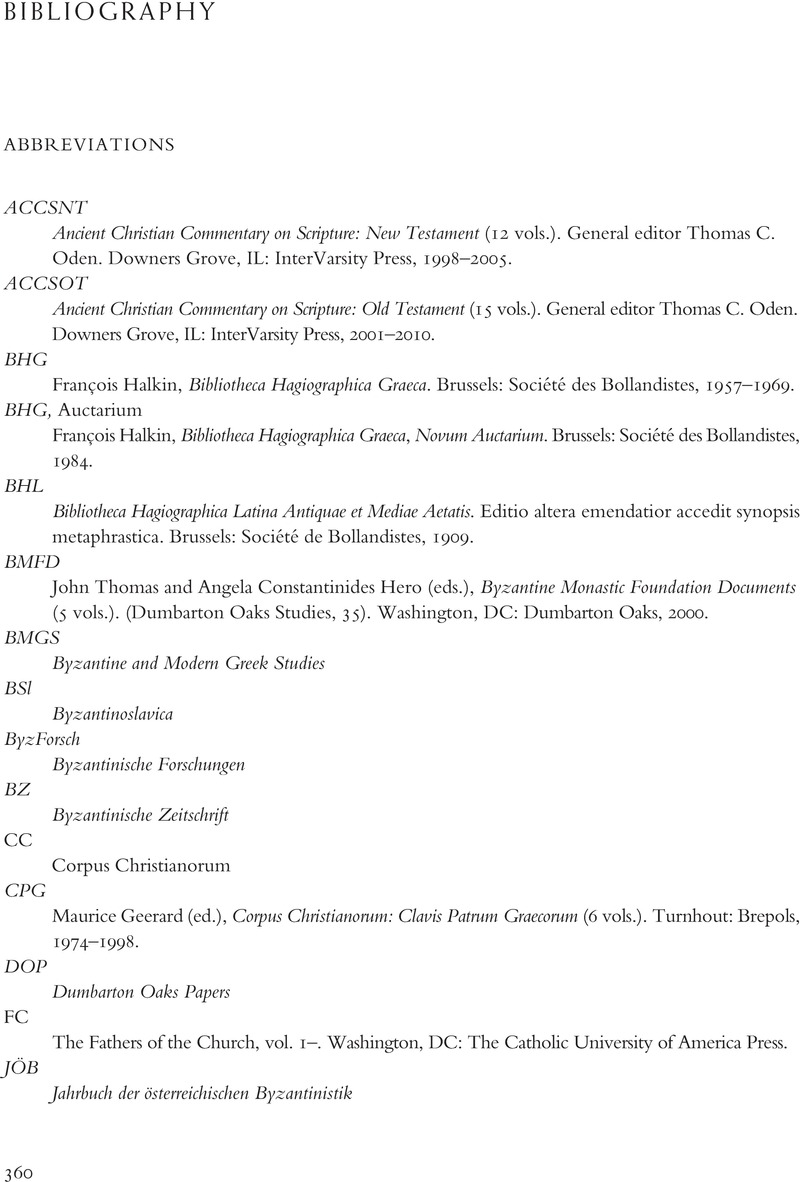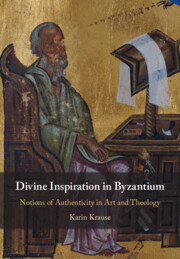Book contents
- Divine Inspiration in Byzantium
- Divine Inspiration in Byzantium
- Copyright page
- Contents
- Plates
- Figures
- Acknowledgements
- Abbreviations
- Introduction
- One The Early Christian Iconography of Divine Inspiration
- Two Inspiration and the Bible in the Post-Iconoclastic Era
- Three Inspiration Continued
- Four Divine Inspiration beyond the Fathers
- Five Inspired Icons
- Six Acheiropoietos
- Seven Allegories of Divine Artistry
- Epilogue
- Bibliography
- Index of Manuscripts
- Index of Biblical Citations
- General Index
- Plate Section (PDF Only)
- References
Bibliography
Published online by Cambridge University Press: 16 July 2022
- Divine Inspiration in Byzantium
- Divine Inspiration in Byzantium
- Copyright page
- Contents
- Plates
- Figures
- Acknowledgements
- Abbreviations
- Introduction
- One The Early Christian Iconography of Divine Inspiration
- Two Inspiration and the Bible in the Post-Iconoclastic Era
- Three Inspiration Continued
- Four Divine Inspiration beyond the Fathers
- Five Inspired Icons
- Six Acheiropoietos
- Seven Allegories of Divine Artistry
- Epilogue
- Bibliography
- Index of Manuscripts
- Index of Biblical Citations
- General Index
- Plate Section (PDF Only)
- References
Summary

- Type
- Chapter
- Information
- Divine Inspiration in ByzantiumNotions of Authenticity in Art and Theology, pp. 360 - 417Publisher: Cambridge University PressPrint publication year: 2022



